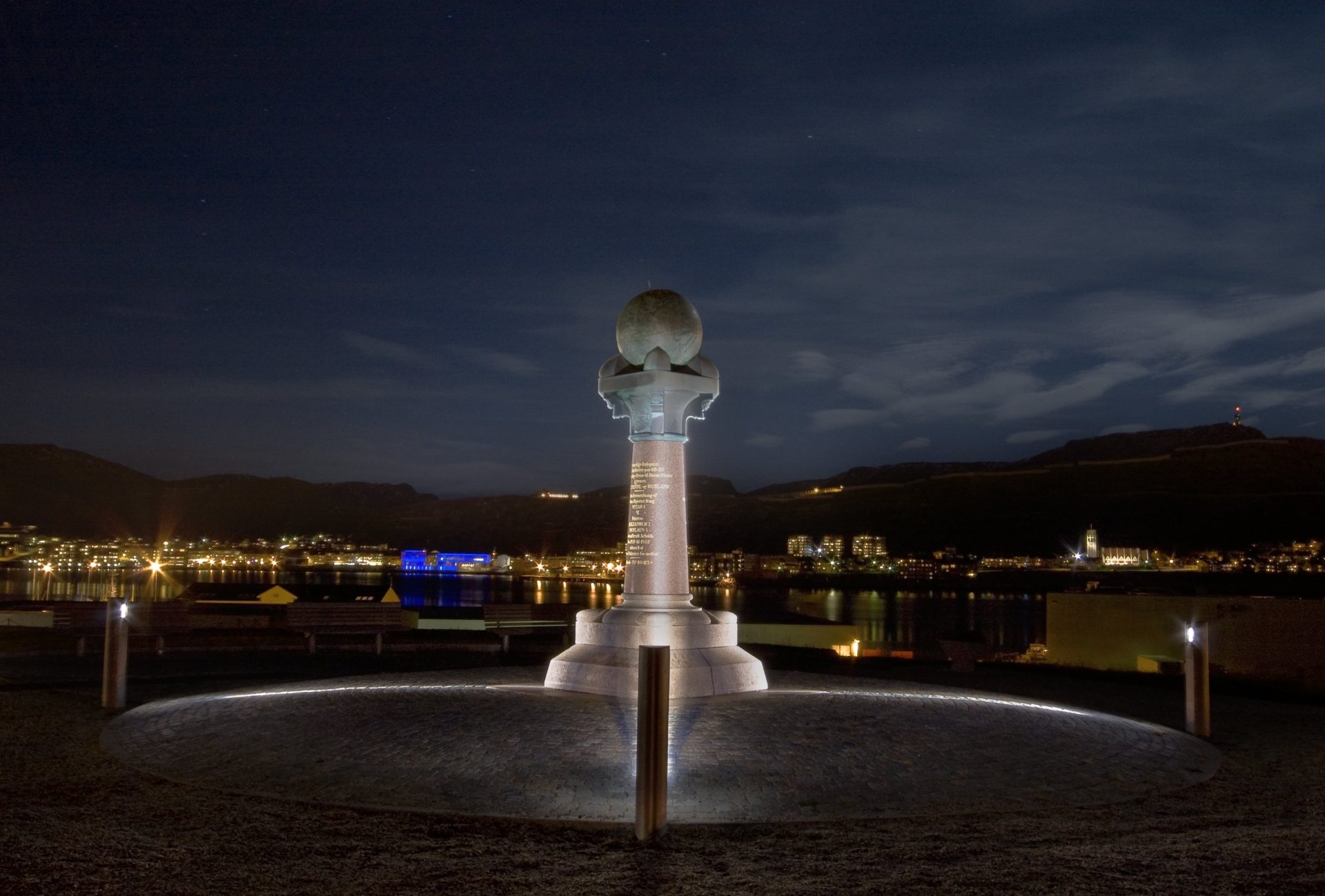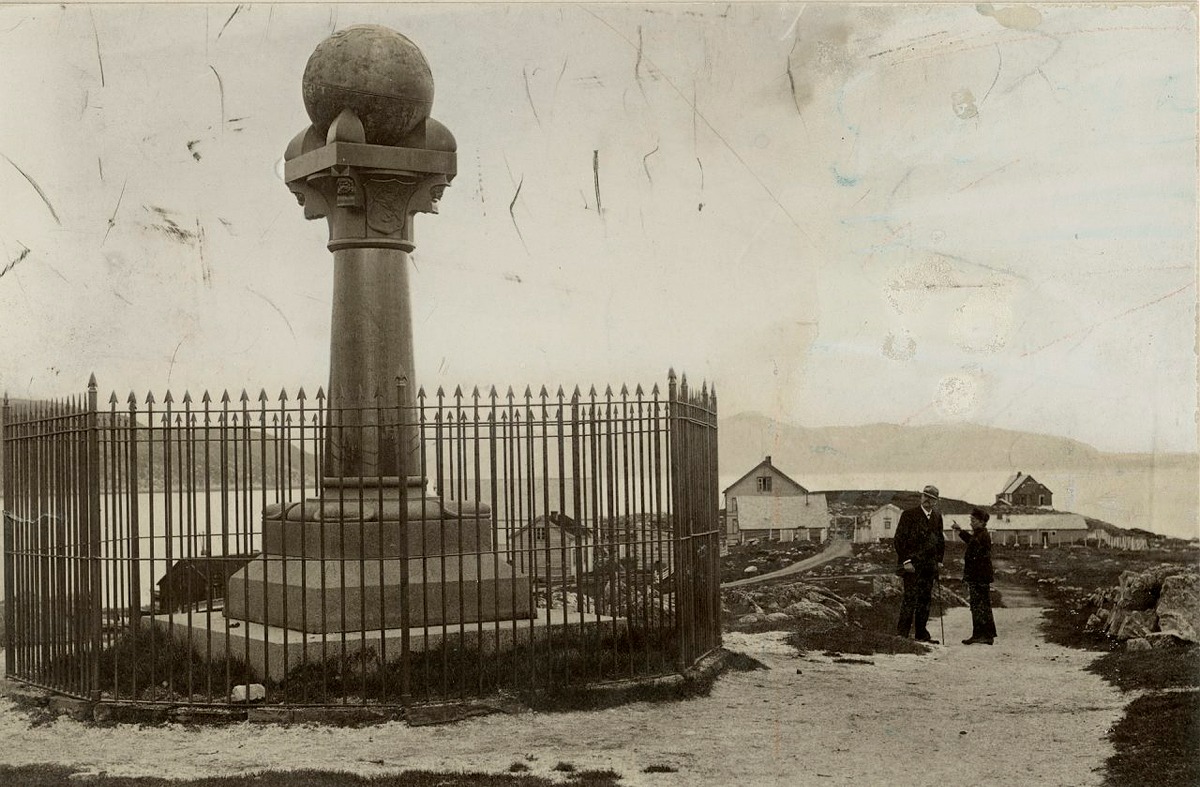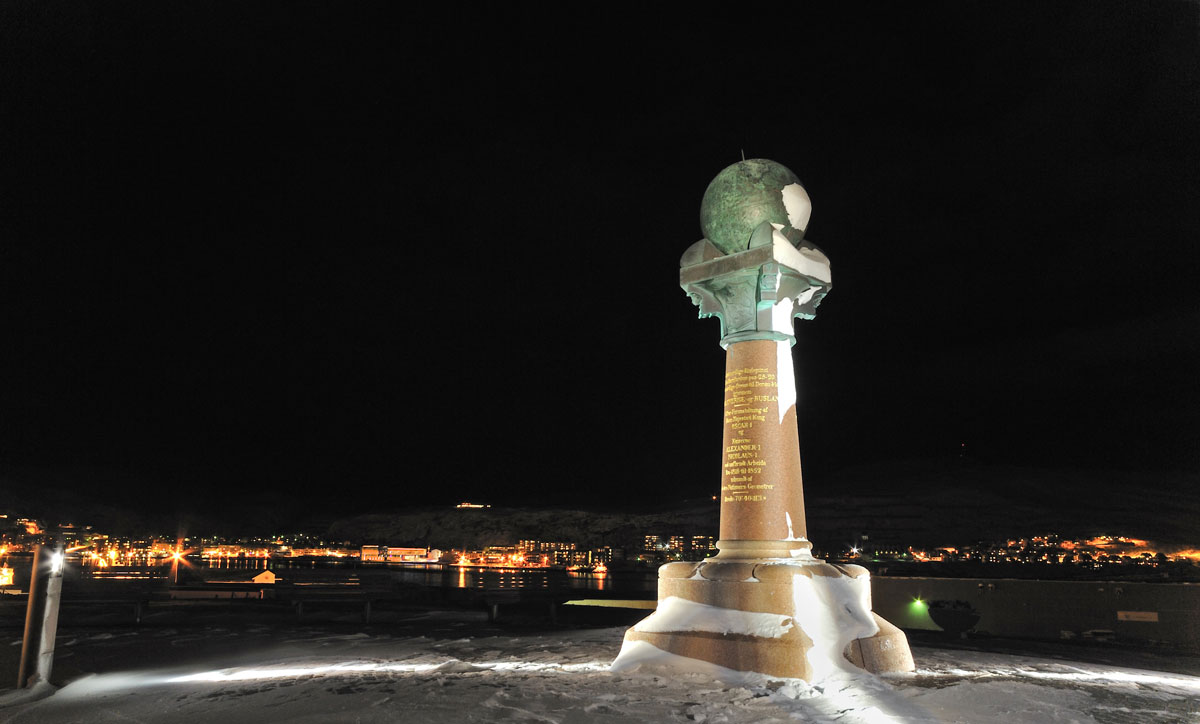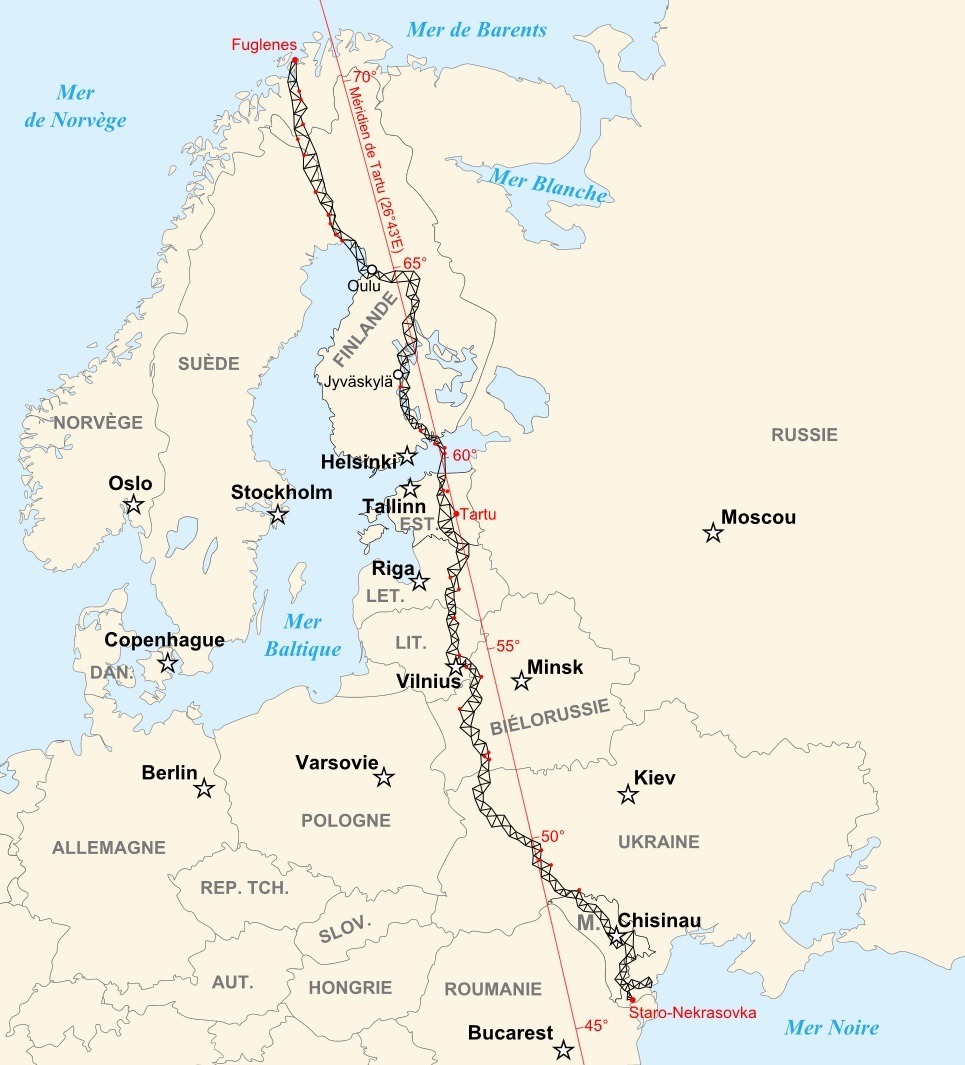World heritage
Four points on the Struve Geodetic Arc
The Struve Geodetic Arc was the first large-scale scientific survey to be undertaken in Europe. The survey was carried out between 1816 and 1852 by Friedrich Georg Wilhelm Struve. The geodetic arc is outstanding in terms of its scope and quality and represents an important part of geoscience history.
The geodetic arc
The geodetic arc was surveyed using a triangulation chain stretching from the Black Sea to Hammerfest in Norway. Four of the points on the chain are located in the Finnmark region. The chain covers ten countries: Norway, Sweden, Finland, Russia, Estonia, Latvia, Lithuania, Belarus, Moldova and the Ukraine.
The Struve survey stood for more than 100 years, until technological developments enabled astronomical and satellite-based precision measurements.
The Struve Geodetic Arc was the first technical/scientific cultural monument to be inscribed on the UNESCO World Heritage List. It was also the first transnational inscription to cover more than two countries.
The Struve Geodetic Arc was inscribed on UNESCO’s World Heritage List in 2005.




